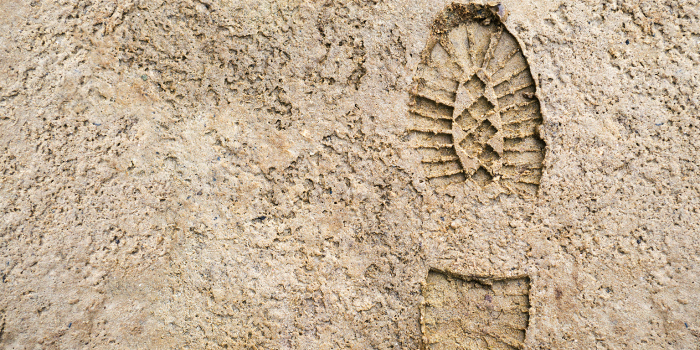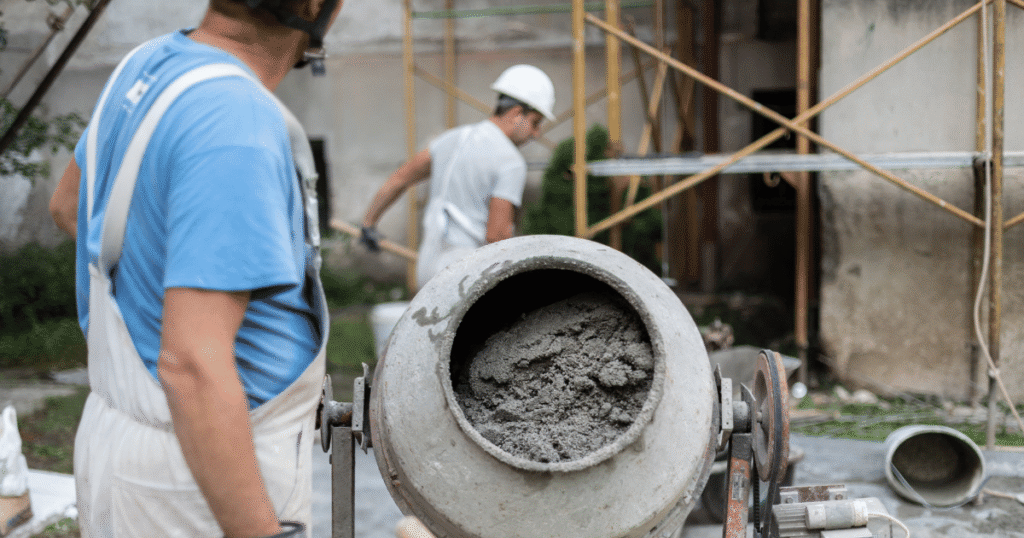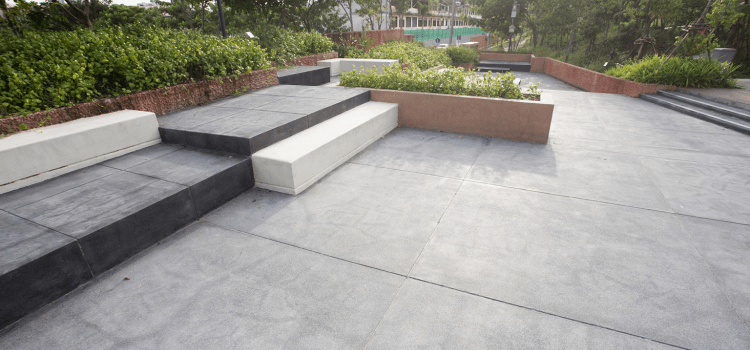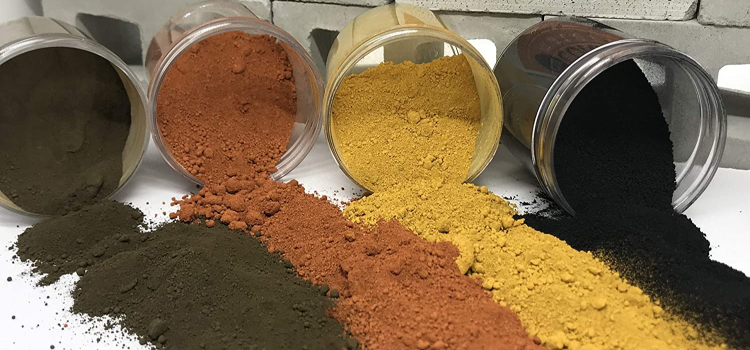When can you walk on new concrete and how long will it take to be usable or utilized.
If you have just had some concrete placed then you are probably eager to get on with the show and make use of your new concrete project, however, before you do there are a few points you may like to keep in mind before you do walk, drive on, or utilize your new concrete project.
If you do choose to use or walk on new concrete early, you can wreck the image of the concrete and troweling out your foot prints or scuff marks will dry a different shade and will take a long time to blend in with the finished surrounding un-troweled concrete.
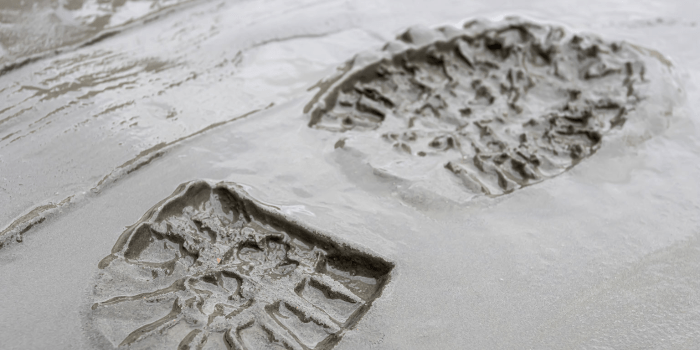
When Can You Walk On New Concrete?
On an average day temperature of say 17 – 18 degrees, the concrete would on most jobs be done and finished by around 3 – 5 pm depending on the start time of the concrete pour, the slump of the concrete, the strength of the concrete, and a few other variants like concrete thickness, under concrete conditions, and the size of the pour, etc, but usually as a rule of thumb for power floated jobs, an hour or 2 after the concrete has been finished and left, you can generally walk on the concrete in your socks, feet, or flat-soled shoes.
Remember the concrete will still be scratchable, so don’t scuff your feet when walking on freshly finished concrete.
“As an Amazon Associate, I may earn from qualified purchases”
When Can You Walk On New Concrete Check
There are a few simple tips to make sure the concrete is cured enough to be able to walk on and not leave footprints in it.
- Check the edges first by pressing down on the concrete with your fingertips, if you leave finger prints, do not walk on the concrete.
- Try rubbing the concrete with your hand, if it scuffs or comes off on your hand, stay off the concrete.
- If these checks pass and there is no fingerprints, or scuff marks, try
- Try a gentle foot press on the concrete, if you are happy, try a few steps very observantly.
- Remember only do this if you need to get out on the concrete for any reason, Ideally stay off walking on it altogether for a day or two.
This way, you can trowel out the marks you leave behind on your way off the concrete.
When Can You Drive On New Concrete
In almost all cases it is advised to stay off a newly poured driveway for at least one week, and we would stretch this out in winter pours and say two weeks.
For in-town work like footpaths and people’s driveway entrances, we would have to block off the drives for at least 3 days.
3 days is not long and this is only as we cannot stop people from getting in and out of their properties for any longer period of time.
Most people are happy to work with us and park on the street for a week, and once again 3 days are only if you have to use the driveway.
When Can You Drive On New Concrete
- Ideally 1 – 2 weeks
- 3 days minimum for in-town vehicle crossing for property owners. ( Footpath and driveways )
Ideally, all concrete drives should have reinforcing mesh/bar or fiber mesh and have a thickening around the edges.
When possible always stay off a new concrete driveway for at least 1 – 2 weeks.
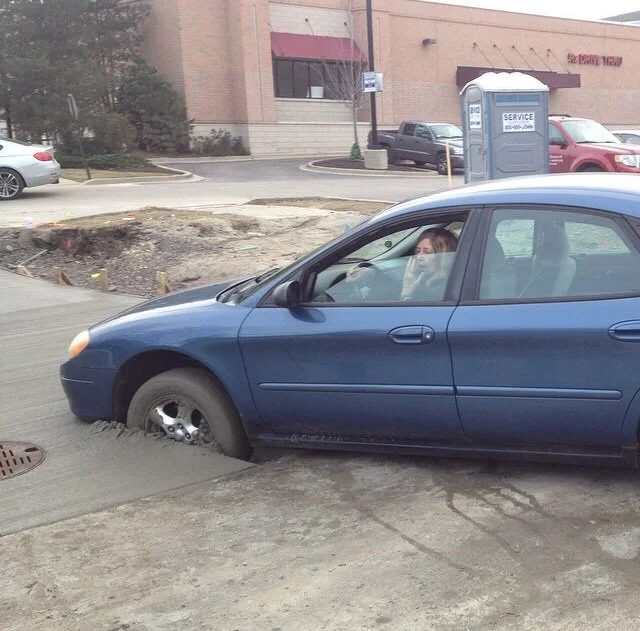
When Can You Walk On New Concrete Conclusion
Walking on concrete too early is a no-no.
Doing a few tests on the concrete to check its hardness, is all anyone needs to do to find out if you can walk on the new concrete or not.
In most cases walking on concrete early can be avoided, and walking on new concrete should be avoided at all costs unless you need to.
Ideally, all concrete pads should be left for 1 – 2 weeks., I would definitely recommend 10 – 14 days for driveways.
If you are going to walk on new concrete for any reason be sure to look behind you and take note of your footprints and if they are or are not leaving any marks.
DO NOT SCUFF YOUR FEET!
I hope this short blog has been helpful to you, and that your concrete is footprint-free.


